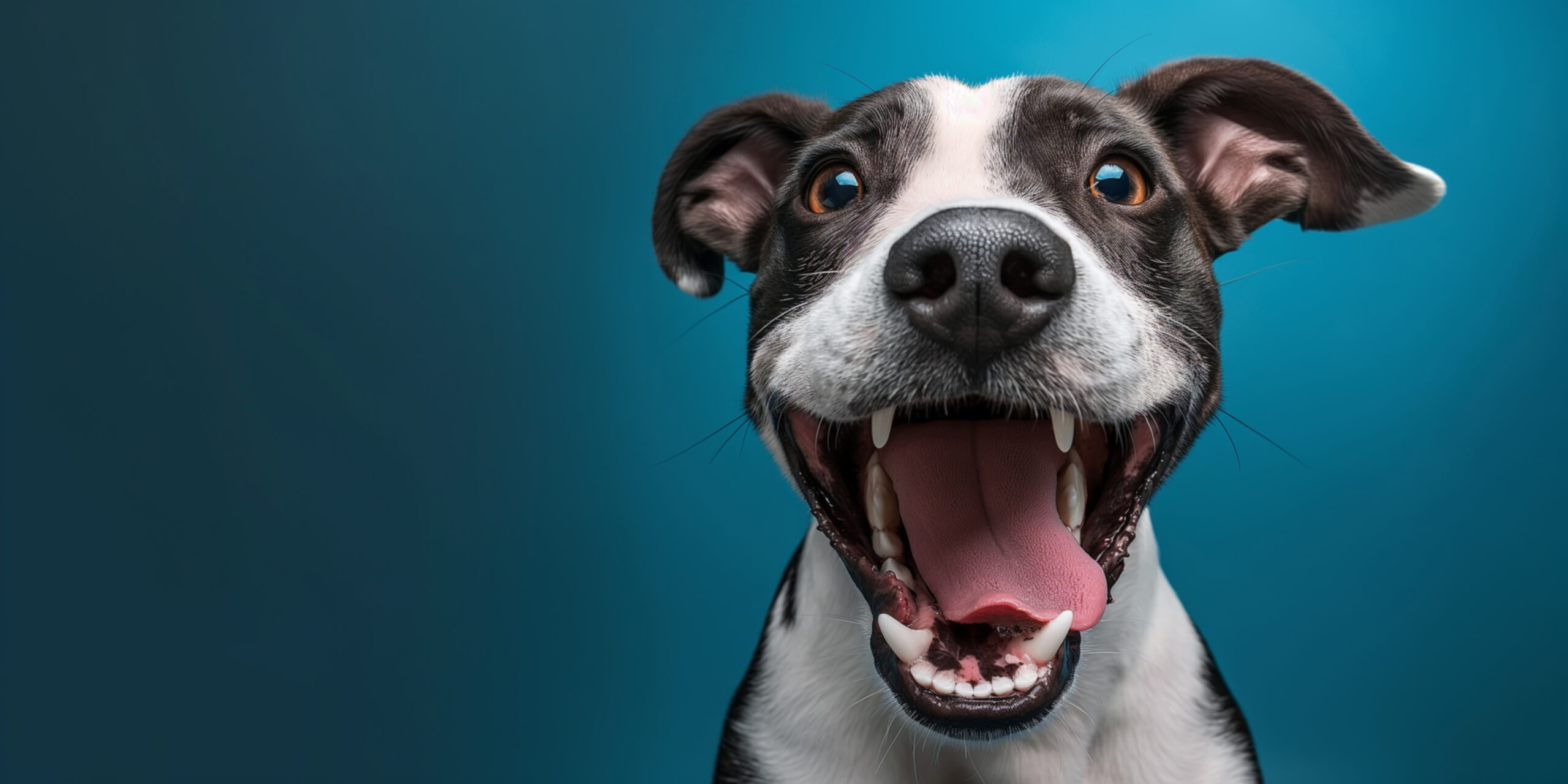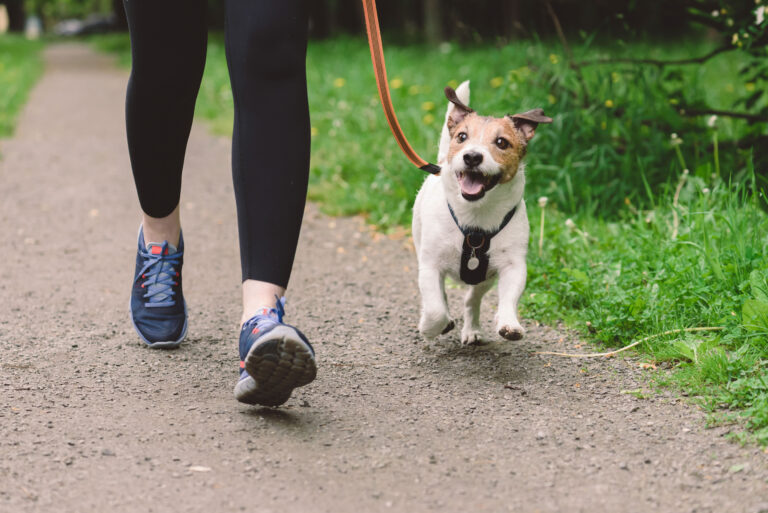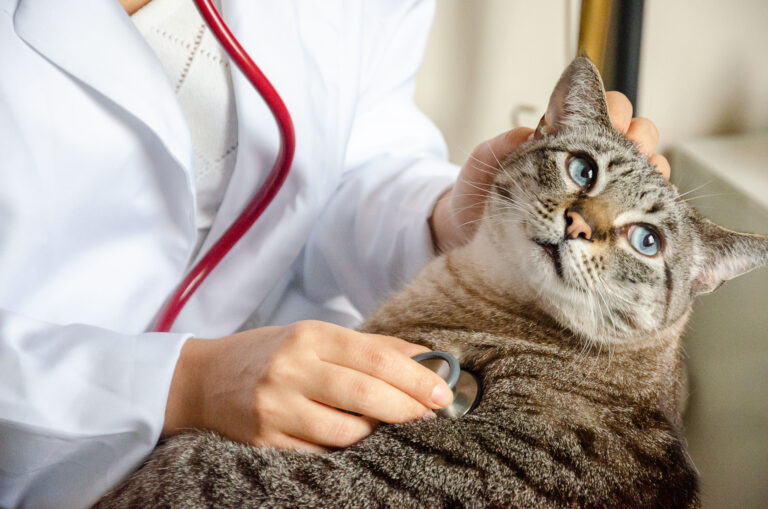Is Your Dog a Little Extra? A Friendly Guide to Sensitive & Expressive Pets
Some dogs wear their hearts on their sleeves. They sigh loudly when they don’t get their way, give soulful stares that could win awards, or make a whole performance out of grooming time. If your dog tends to feel things deeply, you’re not alone — and it’s completely normal.
This guide explores why some dogs are more expressive than others, how to understand their behaviour, and what you can do to support them.
Understanding Emotionally Expressive Dogs
Just like people, some dogs are naturally more sensitive or communicative. These pups often:
- Use lots of vocalisations — whines, huffs, little groans
- React visibly to changes in routine
- Seek reassurance during unfamiliar situations
- Dislike grooming or vet visits more than the average dog
- Give “big feelings” looks with those irresistible eyes
It’s part personality, part communication.
Why Is My Dog So Sensitive?
1. Certain Breeds Are Naturally More Vocal or Emotional
Breeds like Spaniels, Beagles, Dachshunds, and Chihuahuas tend to be expressive, affectionate, and highly tuned into their humans.
2. They’re Picking Up on Your Emotions
Dogs are excellent at reading human body language. If you’re stressed or upset, your dog may react as well.
3. Past Experiences Shape Confidence
Rescue pets or dogs with limited exposure to new environments may be more cautious or clingy.
4. They’re Communicating Discomfort
Sometimes sensitivity is your dog’s way of saying:
“I’m unsure,” “This is new,” or “I need help.”
When to Pay Closer Attention
Most expressive behaviour is harmless, but you should look for signs that suggest something more:
- Sudden or intense clinginess
- Whining that seems related to pain
- Refusal to jump, play, or be touched
- Changes in eating or toilet habits
If something feels off, a vet check is always wise.
Helping Your Sensitive Pup Feel More Secure
Create Predictability
Dogs thrive on routine. Regular mealtimes, walks, and bedtime help reduce uncertainty.
Introduce New Things Slowly
Whether it’s grooming tools or new people, go at your dog’s pace. Pair new things with rewards.
Offer Mental Enrichment
Food puzzles, sniffing games, and training time build confidence and keep anxious energy at bay.
Use Positive Reinforcement
Reward calm behaviour and create positive associations with things that worry your dog — especially grooming or vet visits.
Stay Calm & Supportive
Your dog mirrors your mood. A gentle, steady presence can make a huge difference.
Why Insurance Still Matters for Sensitive Dogs
Even if your dog is emotionally expressive rather than physically daring, they still face everyday health risks — ear infections, tummy troubles, sprains, allergies, or unexpected accidents.
Pet insurance helps cover the cost of vet care so you can focus on supporting your dog, not worrying about bills.
Final Thought
Having a sensitive or expressive dog is part of what makes pet ownership so rewarding. Their big feelings often come with big love, big loyalty, and endless moments that make you smile.
With patience, understanding, and the right support, your dog can feel secure, confident, and happy — no theatrics required.








